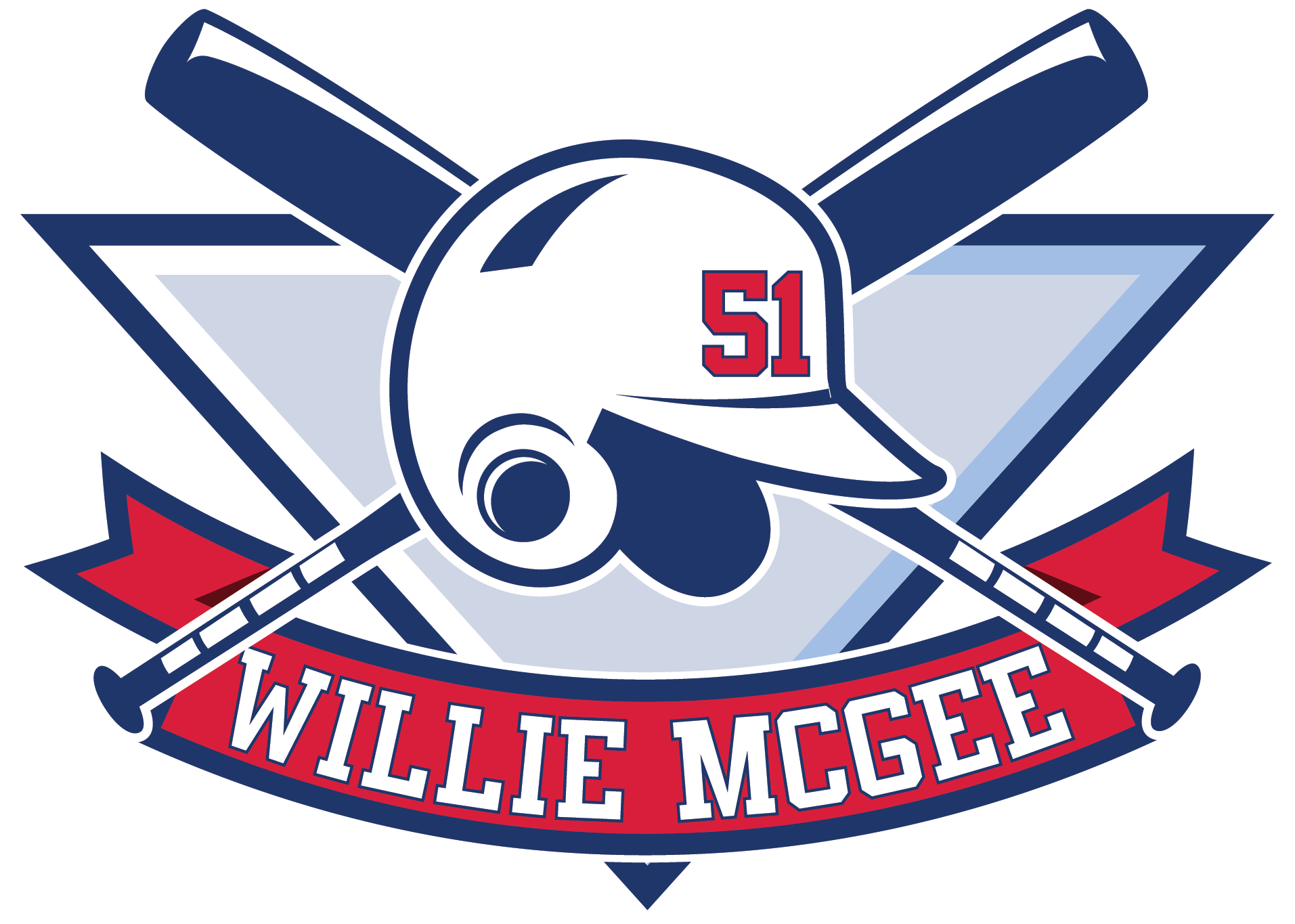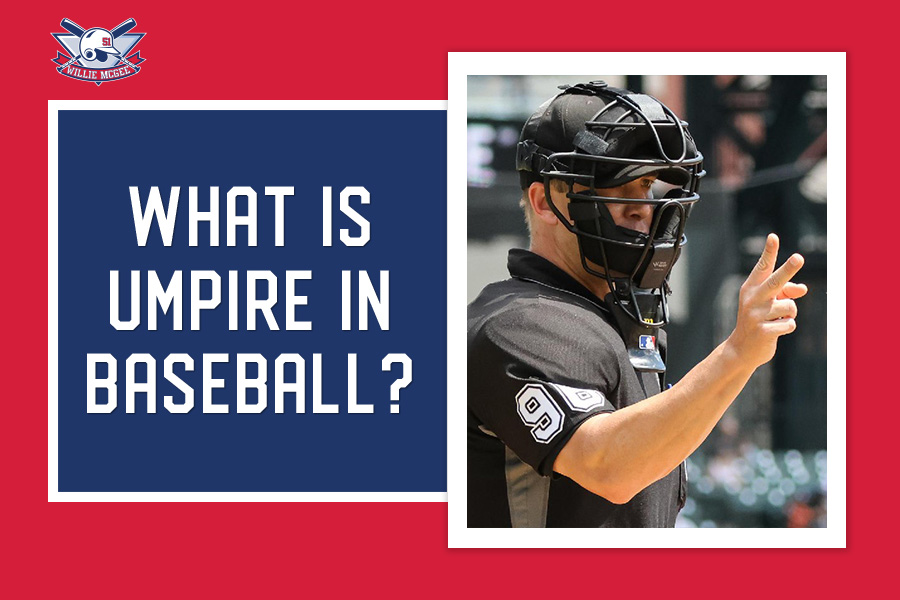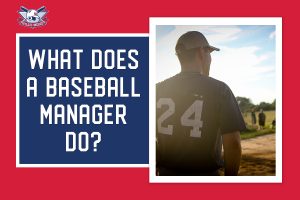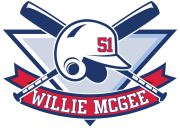At first glance, to some, the umpire’s role may seem straightforward, while others unfamiliar with the game may be confused by the complexity. If you’ve watched just a few games, you might have some idea of the umpire in baseball. But what is umpire in baseball, actually?
This article will discuss the role of the umpire in baseball and offer insight into aspects such as authority, responsibilities, positioning, and more. I will get into details and explore the different umpire types and the qualifications and training needed to become one.
So, let’s get started!
What Is Umpire in Baseball?
The simplest explanation you can find for an umpire in baseball is something along the lines of “a person who makes calls on the field”. However, an umpire does much more than just make calls.
The role of a baseball umpire
When I was a baseball newbie, it always seemed like the umpire held all the strings in the game. I used to say this with a bit of envy back in the day. It was not until some time later that I realized the enormous responsibility that umpires carry.
It is only normal to question the umpire’s responsibility besides calling balls. In reality, the role of the umpire is quite complex. Umpires have a direct impact on the outcome of each game. These individuals ensure the game is played fairly and calls remain unbiased.
The primary responsibility of the umpire is to enforce the rules of the game. Consequently, umpires are also tasked with removing any player, coach, or manager who doesn’t respect the rules set in place.
To communicate their decisions and enforce the rules, umpires make calls by giving hand signals and yelling specific phrases or words.
However, umpire responsibilities vary according to the position. Still, what is common to all umpires is that they keep the peace in the game.
Why are umpires called blue?
If you’re wondering why are baseball umpires called blue, it would’ve been logical and straightforward back in the day.
Unlike today when umpires wear a black shirt paired with gray pants, their regular shirt color in the late 19th century was blue. This is where the name “blue” finds its origin. Similarly to police officers who got the same name due to the color of their shirts, so did the umpires.
There is another alternative explanation for why “blue” addresses umpires. It is believed that back in the late 1800’s baseball fans used this term as a derogatory term.
Back then, fans were especially brutal and used verbal insults and threats during the game. “Blue” is thought to mean “someone who blew it” or simply said “a fluke”.
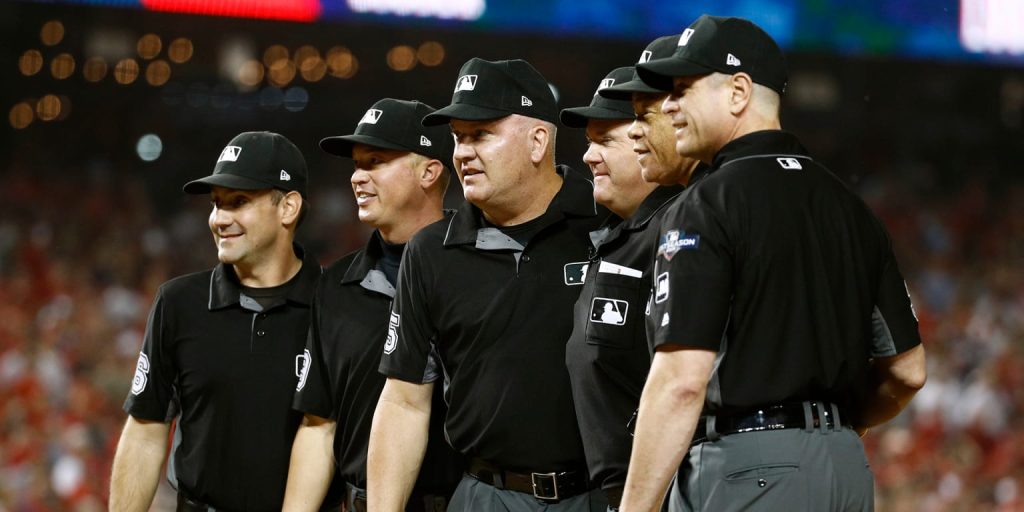
Types of Baseball Umpires
Umpires are the officiators of the game in baseball. Watching a standard Major League Baseball (MLB) game, you can spot four types of umpires on the field:
- Home-plate umpire
- First-base umpire
- Second-base umpire
- Third-base umpire
Home-plate umpire
If you are a total newcomer in baseball, one of the first thoughts to cross your mind might likely be, “Who is the person behind the catcher in baseball?” The person standing behind the catcher is the main umpire, also called the home-plate umpire.
The main umpire rules every pitch, whether a ball or a strike. Home-plate umpires also call runners safe or out on plays. They also make appeals on the batter swing action.
First-base umpire
The first base umpire also plays a role in deciding the right-handed batter’s swing in the case of an appeal.
However, the main responsibilities of first-base umpires include calling balls fair or foul in the first base and determining if a runner is safe or out.
Second-base umpire
Second-base umpires are tasked with making the calls on second base. They play a crucial role in the game, especially in double play balls or in the event of a stolen base attempt.
Their main responsibility is deciding whether runners are safe or out on second base.
Third-base umpire
Third-base umpires are also involved in the decision-making in the case of an appeal, but they are responsible for deciding on left-handed batter swings.
As their name implies, they are in charge of third-base decisions and making calls on whether or not runners are safe or out.
Umpire Training and Qualifications
If you have ever wondered what umpire school is like, the answer is strict. Umpire education is a step-by-step process with aspiring umpires starting in Minor League Baseball with the potential to move up the scale.
However, before I get into greater detail about the umpire education process, let’s shed some light on some of the basic requirements you need to meet to become a professional umpire.
Pursuing a career as an umpire can be very simple if you meet the following:
- Own a high school diploma or a G.E.D.
- Good physical shape
- Exceptional vision (20 out of 20)
- Prepper coordination and good reflexes
- Adequate communication skills
- Preliminary umpire training approved by the MLB
How to become an umpire in baseball
As you might expect to become an umpire, you must pass field and written examinations. But where do aspiring umpires go to receive their certification?
Those interested in this career path need to attend an MLB Umpire Camp. There are numerous MLB Umpire Camps spread nationwide and are open to all.
These one-day camps include an elimination process that helps identify the most promising umpire candidates. Those who pass the elimination process will be invited to a one-month MLB Umpire Prospect Development Camp, all expenses covered.
Individuals who pass with flying remarks will then be offered a position in Minor League Baseball.
Moreover, the Umpire Development Process requires umpires to pass through 5 levels of Minor League Baseball. However, based on performance, umpires can skip through levels.
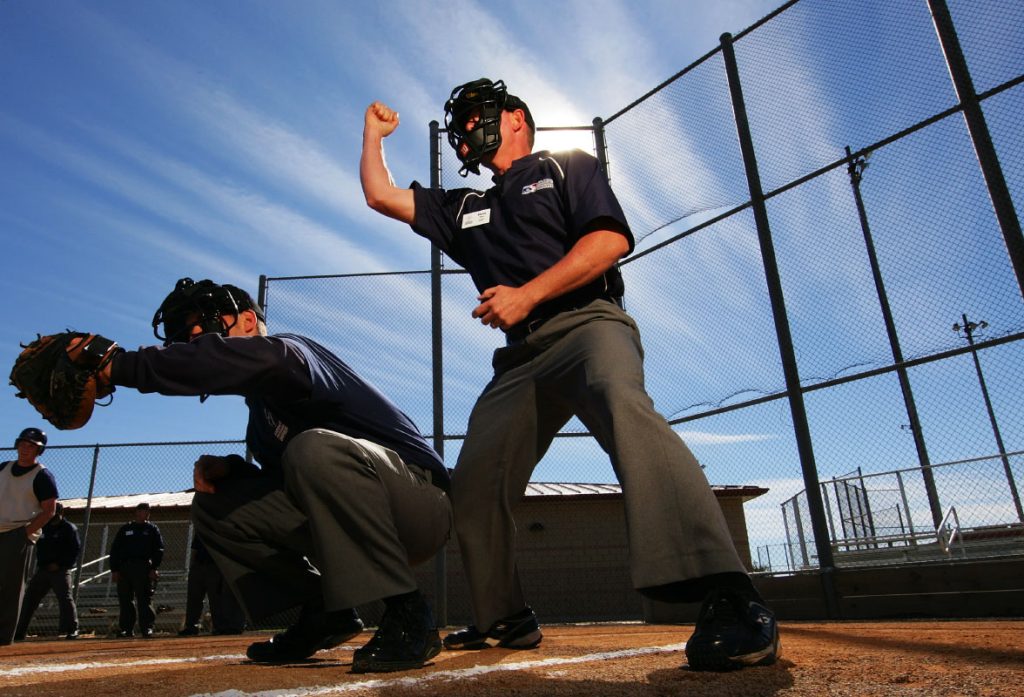
Umpire Authority and Decisions
In baseball, umpires appointed to a game are in charge of maintaining conduct in accordance with the official rules.
They are also responsible for ensuring proper discipline and order within the playing field. Meaning umpires are authorized to enforce all rules. This includes ordering a player, coach, or manager to behave as expected and enforcing penalties for misbehavior.
Similarly, suppose a coach, player, or substitute uses inappropriate language or disobeys the set rules. In that case, an umpire is obligated to disqualify the team member or act in alignment with the rulebook.
As I mentioned earlier, each type of umpire has unique responsibilities. However, all umpires can eject unauthorized persons (ushers, photographers, broadcasters, team members) from the field.
Simply said, umpires make split-second calls and rely on their training and experience for proper judgment. They reach a decision based on their interpretation of game events.
An umpire can remove anyone who behaves unsportingly or violates the rules. Most importantly, the umpire in baseball always has the final say.
Basic umpire duties
Besides the basic umpires’ duties, such as calling players safe or out, umpires also perform duties before the game starts.
Regular pre-game duties of an umpire include:
- Checking lines on the field.
- Inspecting the condition of the baseballs.
- Checking players’ equipment.
Each player must have two copies of their lineup card, and the umpire must ensure both copies are identical. The home plate umpire must always carry a few alternative balls if the baseball becomes unfit for play.
Umpire Mechanics and Positioning
How umpires position themselves on the field will depend on the number of umpires and the size of the field. In two-person crews, there is a home plate umpire and only one base umpire. In three and four-person umpire crews, the bases are covered accordingly.
The size of the field also plays a role in how the umpires take a position. A small diamond field is a playfield with 60-foot base paths and a 46-foot pitching line. This field type is most common among minor leagues with players 12 or younger.
The big diamond field refers to fields that range between 60 feet up to the regulation standard 90-foot diamond with 60 feet pitching distance.
The two-umpire system is common in amateur baseball leagues, while the four-umpire system is a standard in major league games.
Two-umpire mechanics
In the two-person crew, the base umpire positions himself intuitively regarding whether or not there is a runner on base. Based on game dynamics, a base umpire will take either the “set position” or “walking the line” position.
The two-person umpire mechanism follows a set of detailed rules, which you can better understand by looking at the 90 feet diamond field umpire positioning manual.
Four-umpire mechanics
When flour umpires are on the field, the positioning gets more straightforward. The home plate umpire is behind the catcher, and the other base umpires are on each base. The base umpires take a position allowing them to make the best decision on the field.
It’s important to note that the play dictates umpire movement, and several umpire rotations can happen during a game. To learn more about these dynamics, look at this four-umpire mechanics guide.
Umpire Signals in Baseball
Umpires use a variety of signals to communicate their decision. These signals offer unambiguous communication to spectators, players, and coaches alike.
The umpire signals often combine gestures and body movements coupled with yelling words or phrases. The symbols aid communication and ensure the game flow is not disturbed, even in the most crowded games of the season.
Here are some of the basic umpire signals you should be aware of:
Play ball
To announce the beginning of the game, the umpire shouts, “Play ball,” while pointing their right hand at the pitcher. During the game, you can hear the umpire shout “Play” after a “Dead ball” when all players are ready.
Timeout/foul
To announce a pause and to signify that the batter hit a foul ball, the umpire raises both hands in the air. For this signal, the palms are open, and hands are high above the head, as one will do when announcing they surrender.
Strike /out
Umpires call strikes using the right hand. There are two variations of this signal. Some umpires use a clenched fist to the side, while others prefer just pointing to the side.
The “Out” call is also a clenched fist, reserved for the third strike or when a runner fails to reach base.
Don’t pitch
To inform the pitcher to stop and wait, the umpire raises his right hand forward, showing the inside of the palm. The signal is very similar to the maneuver you perform when trying to physically prevent someone from moving past you.
Safe
This signal communicates that a runner has reached a base safely. When this happens, the umpire spreads their arms horizontally with the palms facing the ground.
When it is a close call, the umpire shouts “Safe” to ensure observers understand the call.
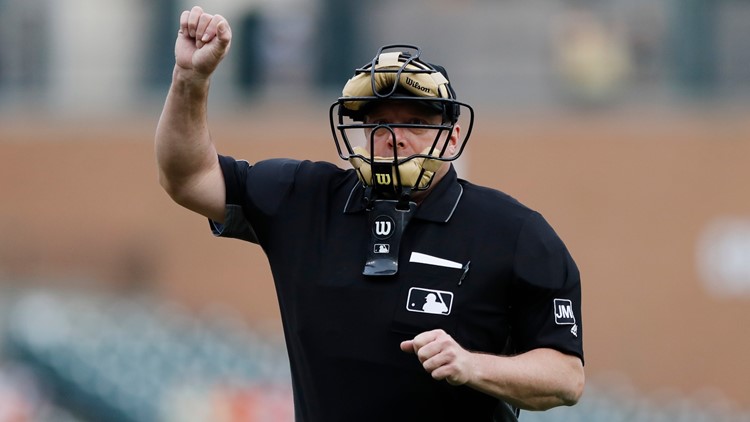
If You Want To Learn More: Fun Baseball Facts
Frequently Asked Questions
What happens if an umpire makes a wrong call using instant replay?
If an umpire makes a wrong call and refuses to change their call even when an instant reply reveals the umpire was wrong, they will be held accountable.
Umpires fall under the evaluation of the MLB umpire association. Their calls are carefully examined after each game, and if an umpire decides not to change the call, they will suffer consequences.
How are umpires evaluated after games?
The public is not the only one making observations of umpire work. An umpire that routinely makes bad calls will not go unnoticed.
Umpire performance is traced during each game, and both bad and good calls are reviewed after the game. Umpires who fail repeatedly can get suspended or even removed entirely from the field.
Can umpires be ejected from a game?
According to the official rule book, umpires cannot be replaced or ejected during a game. The only exception to this rule is when an umpire gets injured or becomes ill. Otherwise, the umpire must remain on the field as an official MLB representative.
How are umpires selected for playoff games and World Series?
The MLB postseason umpire selection is based on performance throughout the year. How the umpires handle situations during the season determines whether or not they will be considered for playoff and World Series games.
The main factors that come into play include seniority and accuracy rank.
How do umpires communicate with each other during a game?
To ensure that they are on the same page with their colleagues, umpires use a variety of hand signals during the game. These can be in the form of movements such as pointing at their shoulders to signal first or second base or gliding their hand over their forearm to signal that an infield fly was off.
What other difficult calls do umpires make?
The umpire’s role in baseball mainly revolves around making split-second decisions. Just by itself alone, the fast-paced game can be difficult to manage.
There is no single toughest call all umpires are subject to. However, close-call situations can be tricky, no matter the situation.
Final Thoughts
What is umpire role in baseball? It falls down to ensuring a fair game while enforcing the rule on the field.
Umpires, based on their position, have varying responsibilities. These professionals undergo extensive training to master the positioning and needed conduct to orchestrate the baseball game.
Communication, good physical health, and sharp reflexes are just some qualifications for this role.
Overall, umpires directly impact the game’s outcome, so they often find themselves at the bitter end of scrutiny of baseball fans and players.
